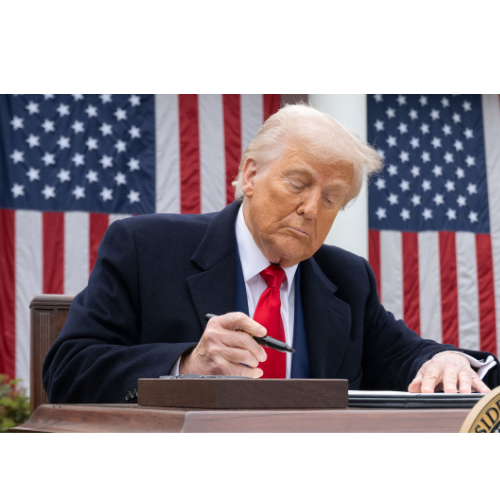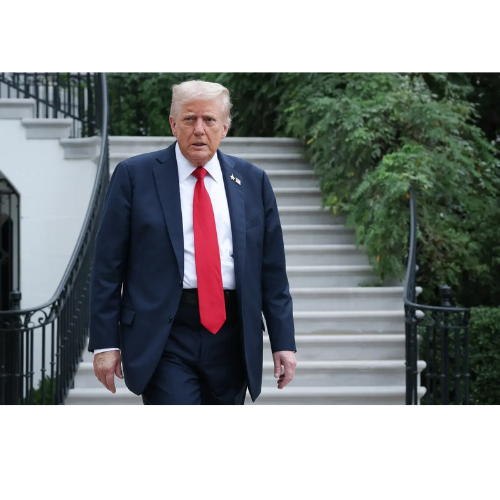America on Pause: Trump’s Shutdown Sparks Federal Workforce Overhaul and Business Uncertainty
The United States federal government entered a partial shutdown after Congress failed to pass a funding bill for the new fiscal year. The deadlock between Democrats and Republicans has triggered widespread furloughs, suspended services, and a wave of uncertainty across the public and private sectors. President Donald Trump has seized the moment to push forward a sweeping restructuring plan that includes deep cuts to the federal workforce—an unprecedented move that could reshape the role of government in American life.

What Triggered the 2025 Government Shutdown?
The shutdown began at 12:01 a.m. on October 1, 2025, after lawmakers failed to reach a consensus on the federal budget. The main points of contention included:
- Medicaid cuts proposed by Republicans.
- Health care subsidies demanded by Democrats.
- Foreign aid rescissions and discretionary spending limits.
Despite last-minute negotiations, neither party was willing to compromise, and the government entered its 15th shutdown since 1981.
Restructuring, Layoffs, and the “Fork in the Road” Program
President Trump has used the shutdown as a political lever to accelerate his plan for federal workforce reform. On his first day of the new term, he created the U.S. Department of Government Efficiency (DOGE), tasked with eliminating “waste, bloat, and insularity” in federal agencies.
Key actions taken so far include:
- Mass layoffs: Over 201,000 federal employees have exited the workforce, including 150,000 who accepted buyouts under the “Fork in the Road” program.
- Agency downsizing: Departments like Defense, Treasury, and Agriculture have seen reductions of tens of thousands of workers.
- Restructuring of Health and Human Services: Secretary Robert F. Kennedy Jr. announced the elimination of 20,000 positions and the consolidation of divisions from 28 to 15.
Trump has also threatened further cuts during the shutdown, stating: “We can do things during the shutdown that are irreversible… like cutting vast numbers of people out, cutting things that they like, cutting programs that they like”.
Impact on the Labor Market
The shutdown coincides with a broader trend of federal workforce reduction. The Department of the Interior, for example, is preparing for another round of layoffs that could double its staff losses. This creates ripple effects:
- Job seekers face fewer opportunities in public service.
- States may see increased demand for unemployment benefits.
- Private sector may absorb some displaced workers, but not all.

Investor Sentiment and Market Volatility
Markets typically react negatively to prolonged shutdowns. The last major shutdown in 2018–2019 lasted 35 days and cost the U.S. economy an estimated $3 billion. In 2025, the stakes are higher:
- Bond markets may price in increased risk due to fiscal instability.
- Equities tied to government contracts could see declines.
- Currency markets may react to uncertainty in U.S. economic data.
President Trump’s aggressive restructuring plan, coupled with mass layoffs and suspended services, is reshaping the federal landscape.
For businesses, the consequences are real: disrupted operations, delayed data, and shaken consumer confidence. Until lawmakers reach a deal, America remains on pause—and the cost of that pause grows by the hour.
